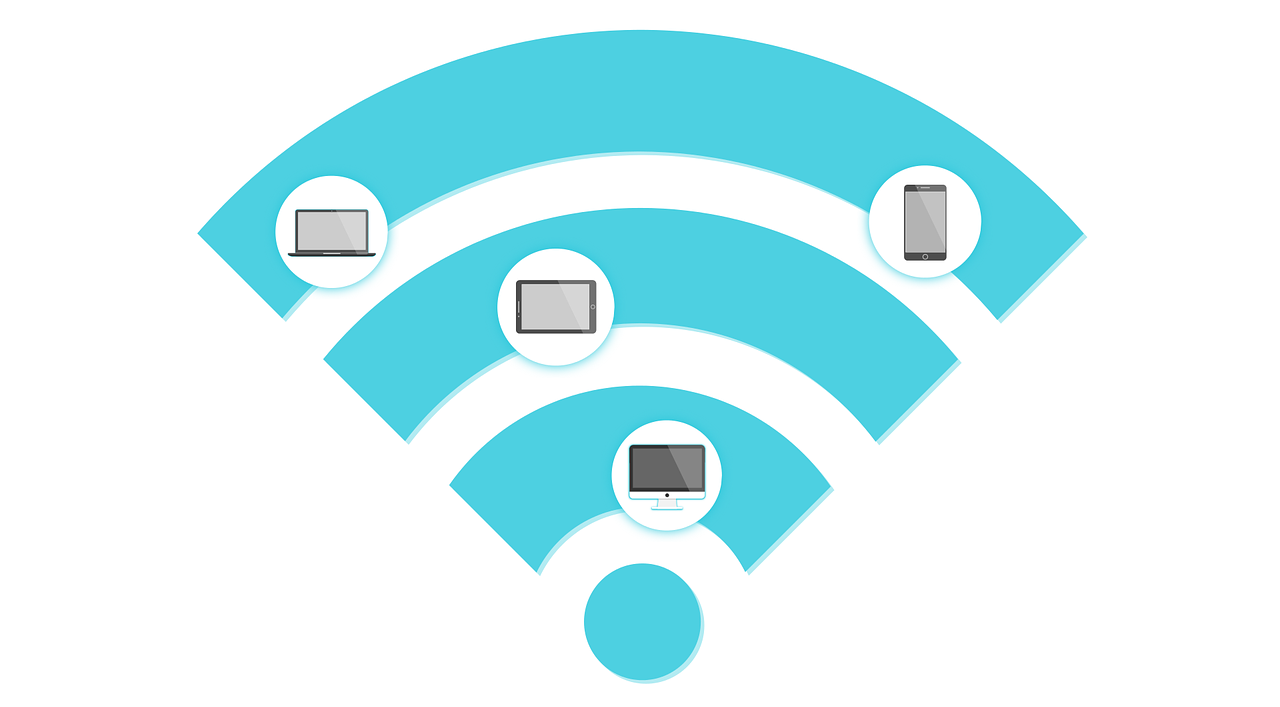
The wireless network of your business plays a crucial role in empowering your employees, services, products, and all business departments. This means that you should make it a priority to not only create but also maintain a great WiFi network.

The wireless network of your business plays a crucial role in empowering your employees, services, products, and all business departments. This means that you should make it a priority to not only create but also maintain a great WiFi network.
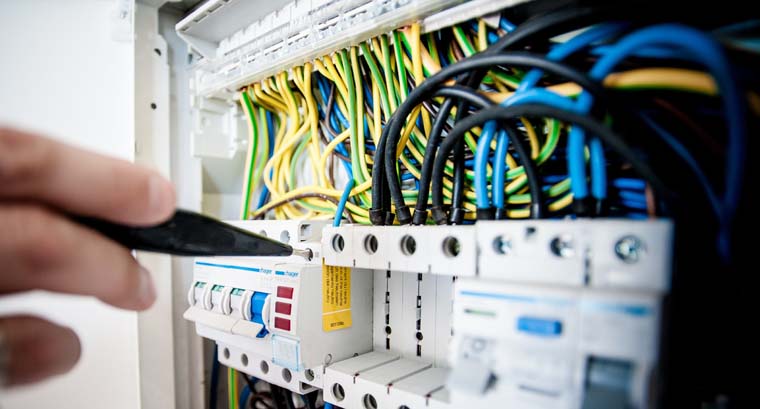
All the electricity supplies, networks, and connections are possible with data cables. Although most electronic items and fittings that involve cables or wires are made of quality materials, it's better to keep them in proper condition with organized efforts. You can ensure to use it for a much longer time with safety precautions. Wear, tear and breakage of data cables is a common problem that can be reduced with organized efforts to keep data cables.

WiFi coverage is the area in which a wireless signal can be detected and used. The strength of the signal and the number of devices that can connect to it will determine the size of the coverage area.
Routers typically have a range of about 100 feet, so if you're looking for WiFi in your home, you'll want to make sure that your router is placed in a central location. And you'll want to know how to get the most out of your WiFi in all other ways.

p>What is one of the first things we look for in a new place, what we need every day? Wi-Fi. We do so many things online: keep in touch with our friends and relatives, watch movies and even work. So any Wi-Fi problems may cause inconveniences, and the sooner you fix them, the better.
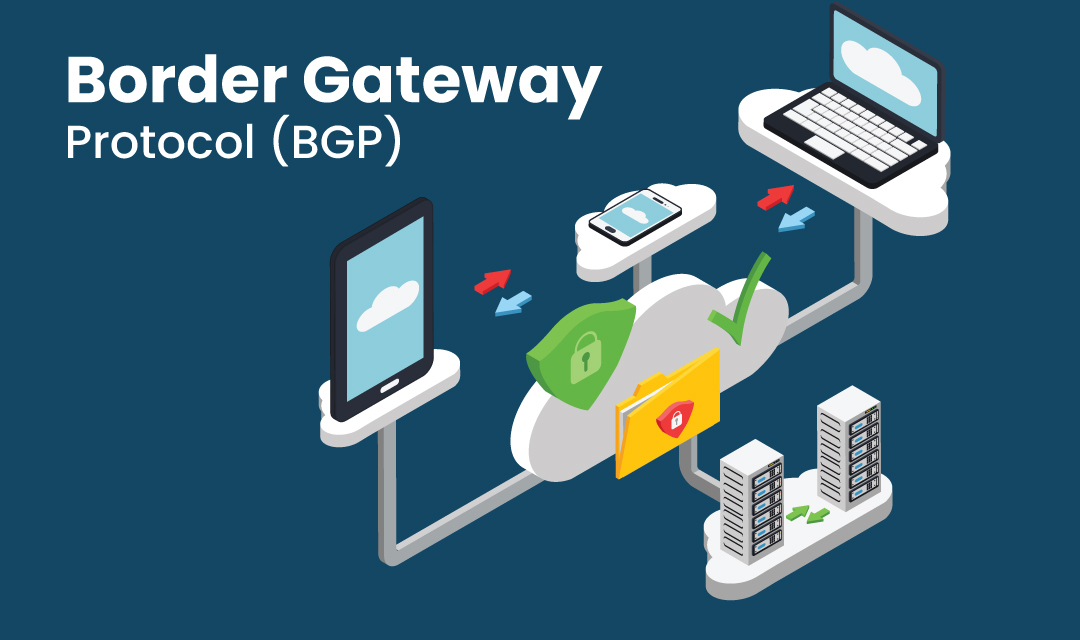
To send data packets from one IP address to another IP address, the intermediate routers must know how to pass the data to the next-hop so that the data will finally arrive at the destination IP address. The IP address is the destination address where the data is delivering to, and the Internet must know how to deliver the data to the final location. Border Gateway Protocol (BGP) is the protocol that helps routers find the shortest path to the destination, and also provides an alternate route if the shortest path is blocked. In other words, BGP is guiding routers on how to get to the final IP address.
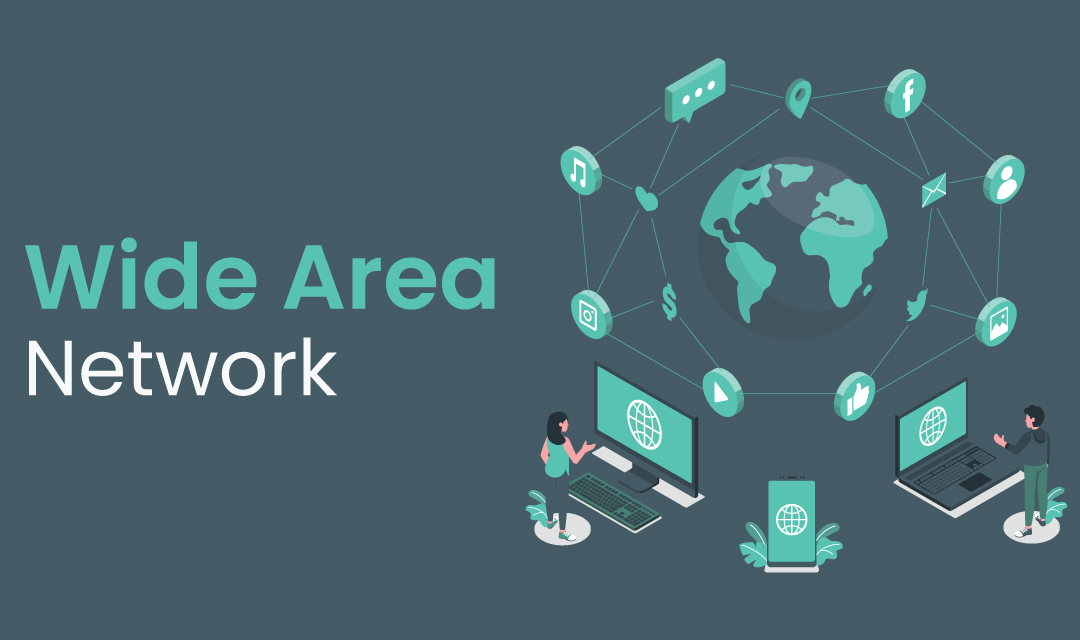
A wide area network (WAN) is a network generally transmitted over the telecommunications network that interconnects long-distance networks. If it wasn't for the WANs, the Internet wouldn't exist, and the smaller LANs and Metropolitan Area Networks (MANs) wouldn't be interconnected. The telecommunications network was originally built for voice traffic but as the demand for packet ("data") traffic grows, the existing telecommunication was used to deliver data traffic over WANs.

A VLAN is a logical partition of a physical LAN into virtual segments. By dividing a physical LAN into virtual networks, network administrators can group devices together according to their traffic characteristics. Not all devices in the same LAN need to communicate with each other and by segmenting a physical network into logical groups, resources available within a VLAN can only be shared amongst devices contained within.
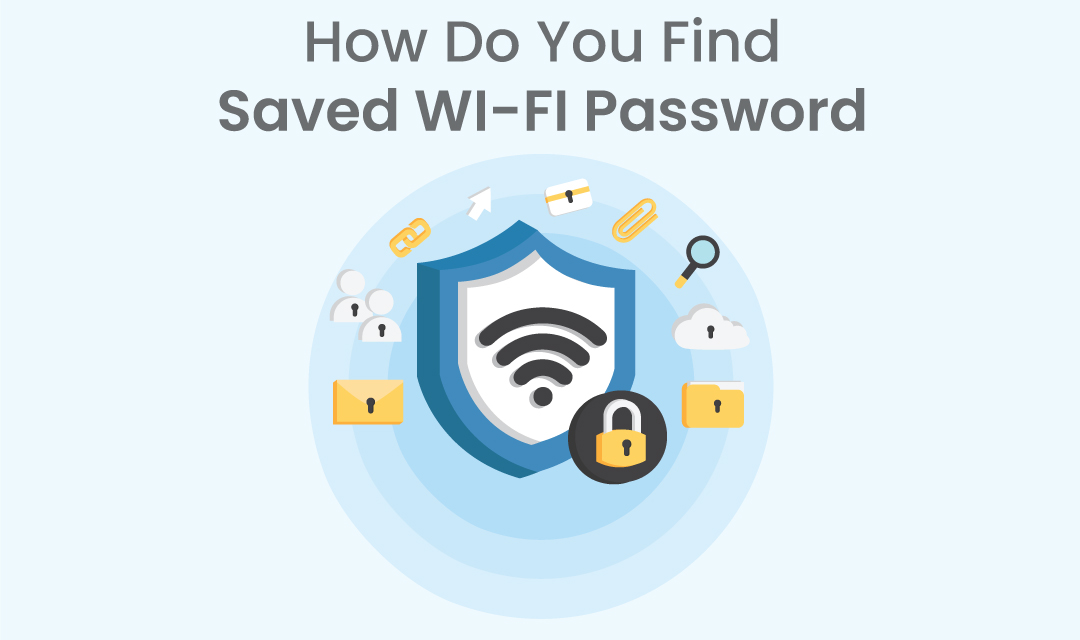
We've learned that SSID is the network name, and we use this name to know which wireless network we're connecting to. If you've established a connection previously, your computers and smart devices have saved the password in some location for later use. Next time you need a wireless connection, the device will automatically connect to the network it has connected to before. If you can't recall the WiFi password of your router, there are ways to find the password as they are stored in your Windows, macOS, and smartphones.
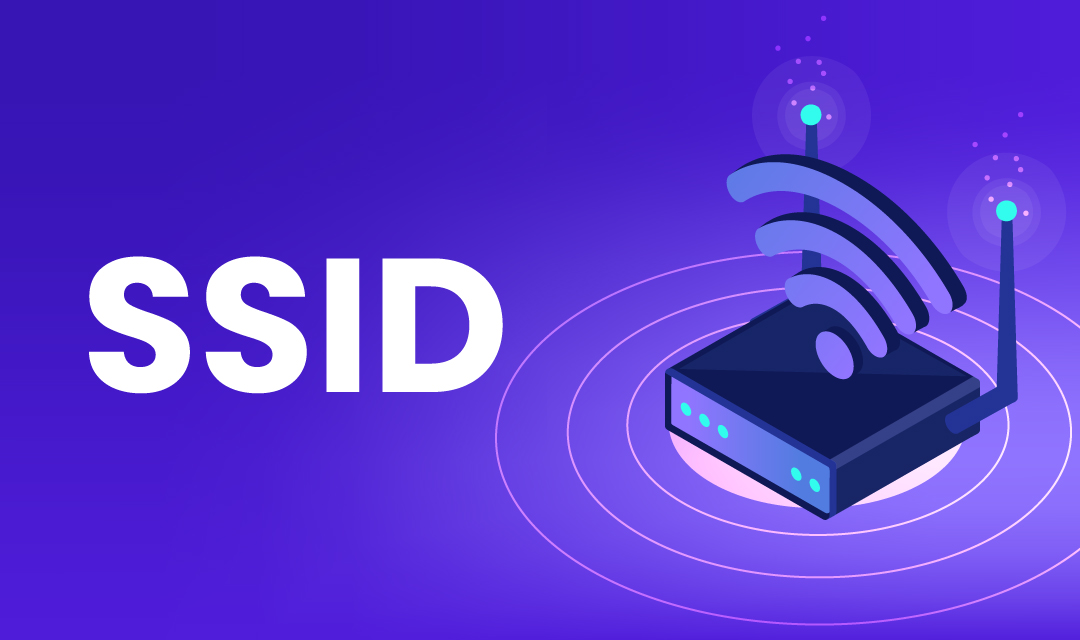
SSID is a short name for Service Set IDentifier, and it is referring to your WiFi network name. For network devices to find the WiFi networks, wireless routers and wireless access points generally broadcast their SSIDs to allow nearby devices to connect to it.
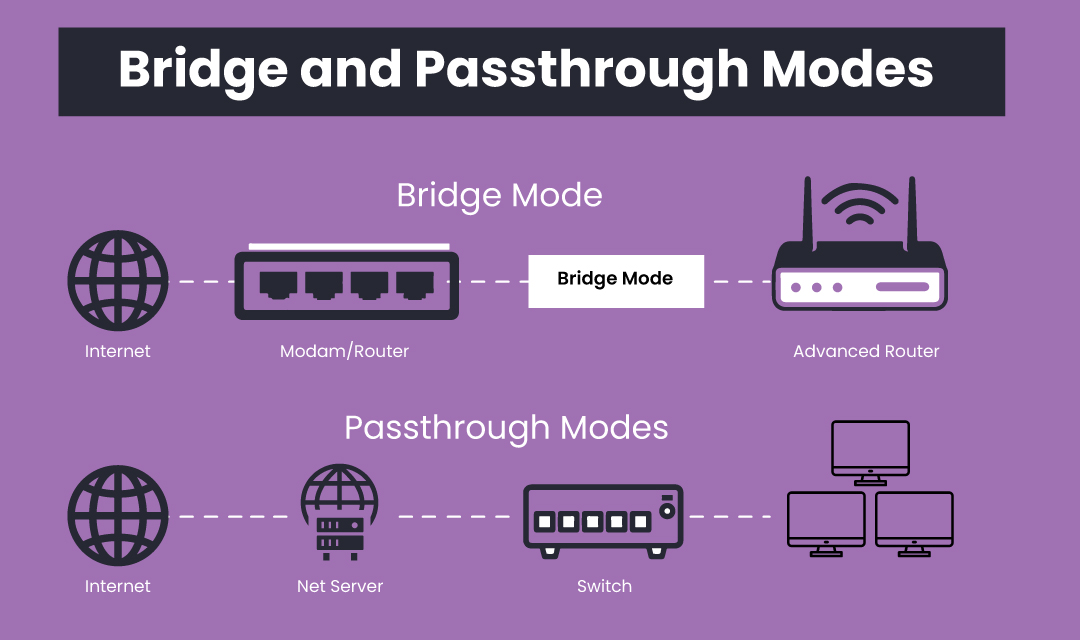
When you set up a gateway at home, you may opt to enable a bridge or pass-through mode. Depending on how you want to configure your network, you may configure the gateway to bridge over passthrough. So, what is the bridge mode, and what is the pass-through mode?